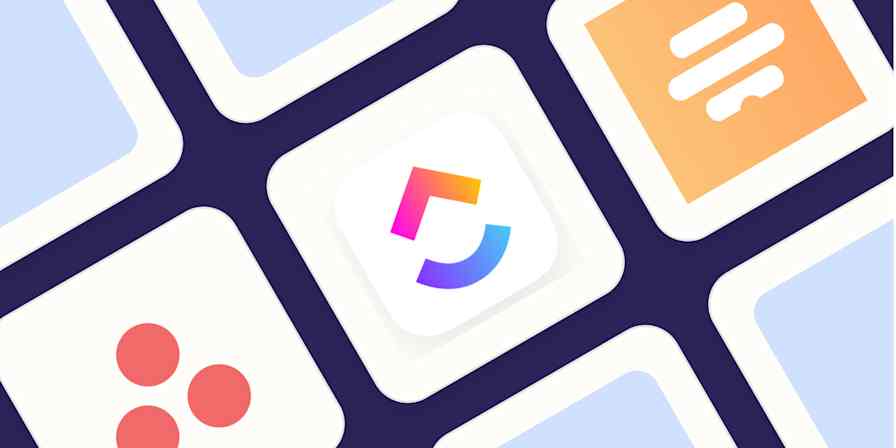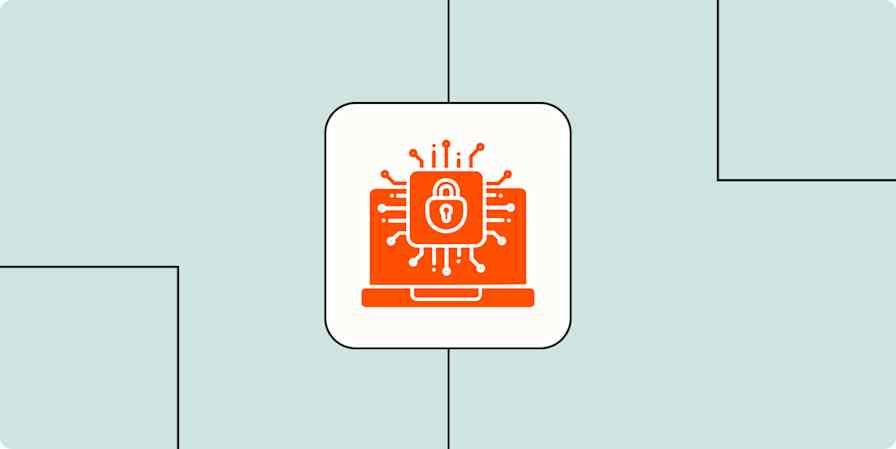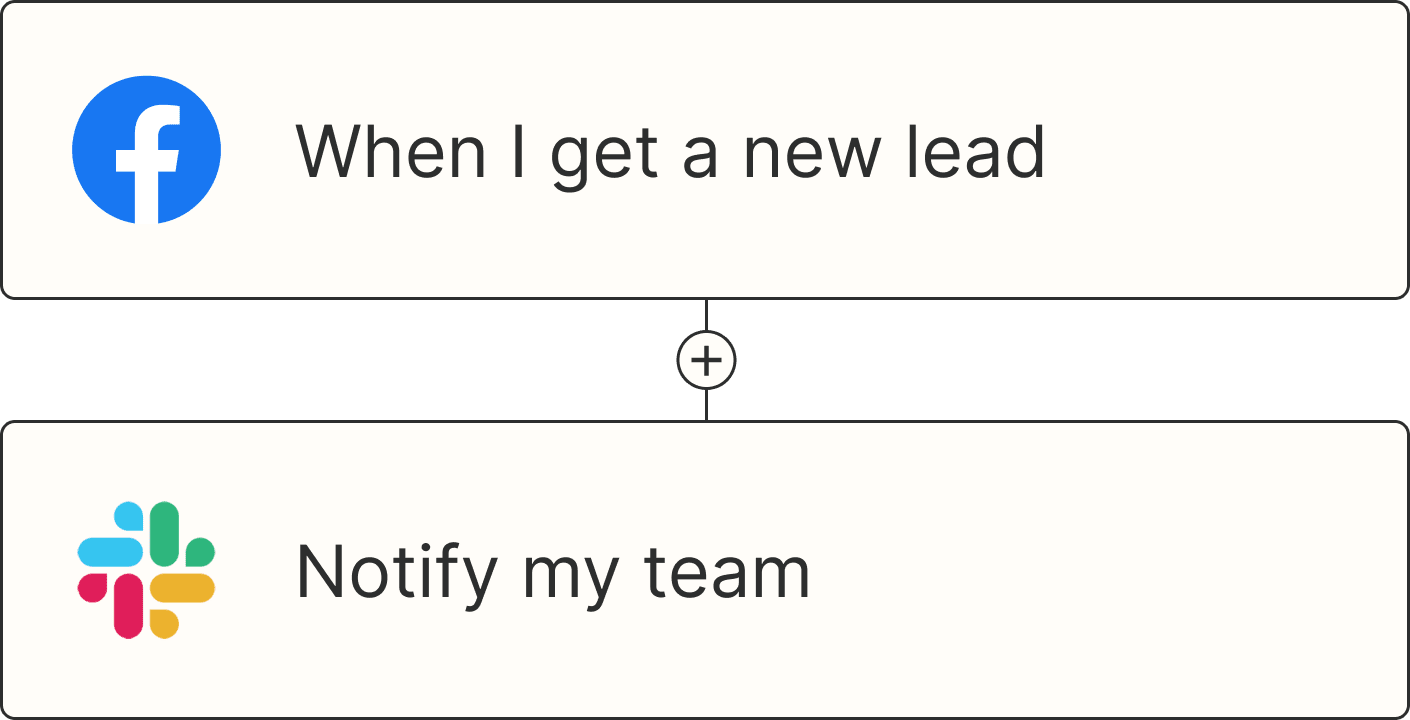According to the dusty pile of vintage Popular Mechanics magazines stashed in my childhood attic, the future would be full of flying cars, moon colonies, and zero human effort by 1982. Instead, we got artificial intelligence. And while it can't polish your atomic-powered vacuum shoes or serve dinner in pill form, it is automating the living daylights out of business.
On Zapier alone, AI-related tasks have surged over 760% in just two years, making it the fastest-growing app category we've ever seen (and we've seen some things).
In this post, I've rounded up the most telling statistics and use cases showing exactly how businesses are using AI to get smarter, faster, and maybe just a little too efficient. Still no robot secretaries, but your CRM's never been happier.
Table of contents:
The acceleration of AI in business
Companies are adopting AI left and right like it's going out of style, which it definitely isn't. What started as quiet experimentation has turned into a complete rethink of how companies operate.
From small startups to Fortune 500 giants, companies across every vertical are racing to figure out where AI fits. The data shows we're still in the early days, though. Here's what the research reveals about AI adoption so far.
At Zapier, 97% of employees use AI in their day-to-day work, up from 65% in late 2023. (Zapier)
Only 1 in 5 companies (21%) have adopted AI on an organizational level. (Zapier)
The top three roles by AI automation usage across Zapier workflows are marketing, IT, and project management. (Zapier)
Since ChatGPT launched in late 2022, investment into AI has surged nearly 800%. (Stanford)
Some estimates suggest that AI technology could generate $15.7 trillion in revenue by 2030, boosting the GDP of local economies by an additional 26%. (PwC)
Sectors showing the highest year-on-year rise in Gen AI investment are consumer products (73%), insurance (70%), and banking (67%). (Capgemini)
Three out of four leaders (77%) prefer proprietary AI models. (Capgemini)
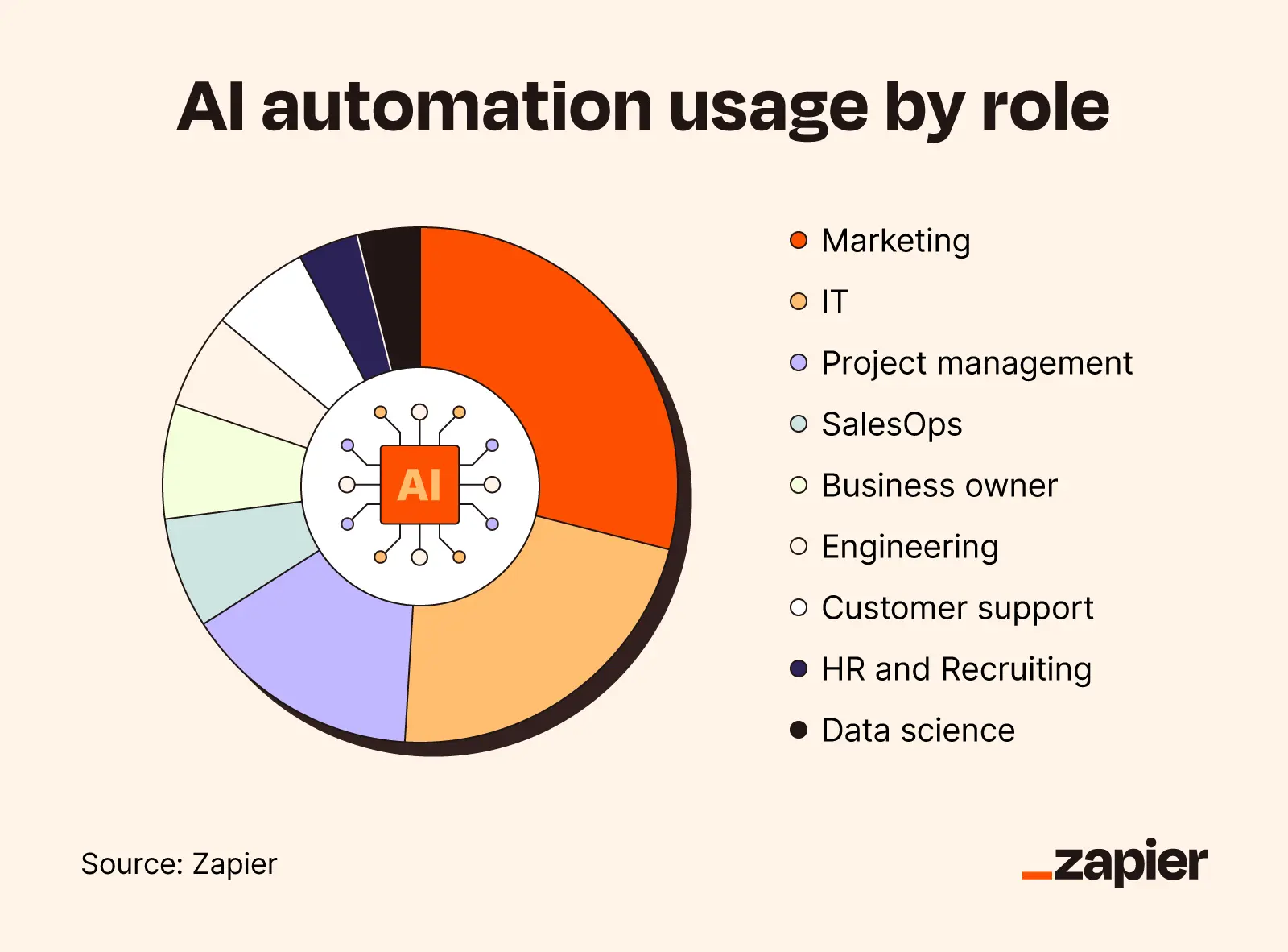
Impact of AI on employees
Remember when we all thought outsourcing was the biggest threat to our jobs? How quaint. Now, we're competing with algorithms. They say "comparison is the thief of joy," but I think that only applies when you're comparing yourself to other humans, not literal machines designed to be perfect at everything.
The pressure for workers to learn AI skills while doing their regular jobs creates real stress. Yet those who embrace AI report saving hours each week on routine tasks.
Employees are using AI three times more than most leaders anticipated. (McKinsey)
Two out of three business leaders say they wouldn't hire someone without AI skills. (Microsoft)
AI expertise can boost a worker's salary by an average of 56% compared to colleagues without AI skills, up from 25% in 2024. (PwC)
About 1 in 3 employees (32%) reports feeling very uncomfortable using AI in their roles. (Gallup)
By 2030, 77% of employers plan to reskill and upskill their existing workforce to better work alongside AI. (World Economic Forum)
By 2030, an average of 39% of a worker's current skill set will become outdated or significantly transformed. (World Economic Forum)
Nearly half of all workers (45%) report that AI has made them more productive and efficient at work. (Gallup)
The top three fastest-growing jobs by 2030 are projected to be big data specialists, FinTech engineers, and AI and machine learning specialists. (World Economic Forum)
For employees who use AI, the most common uses are:
Generating new ideas (41%)
Consolidating information or data (39%)
Automating basic tasks (39%) (Gallup)
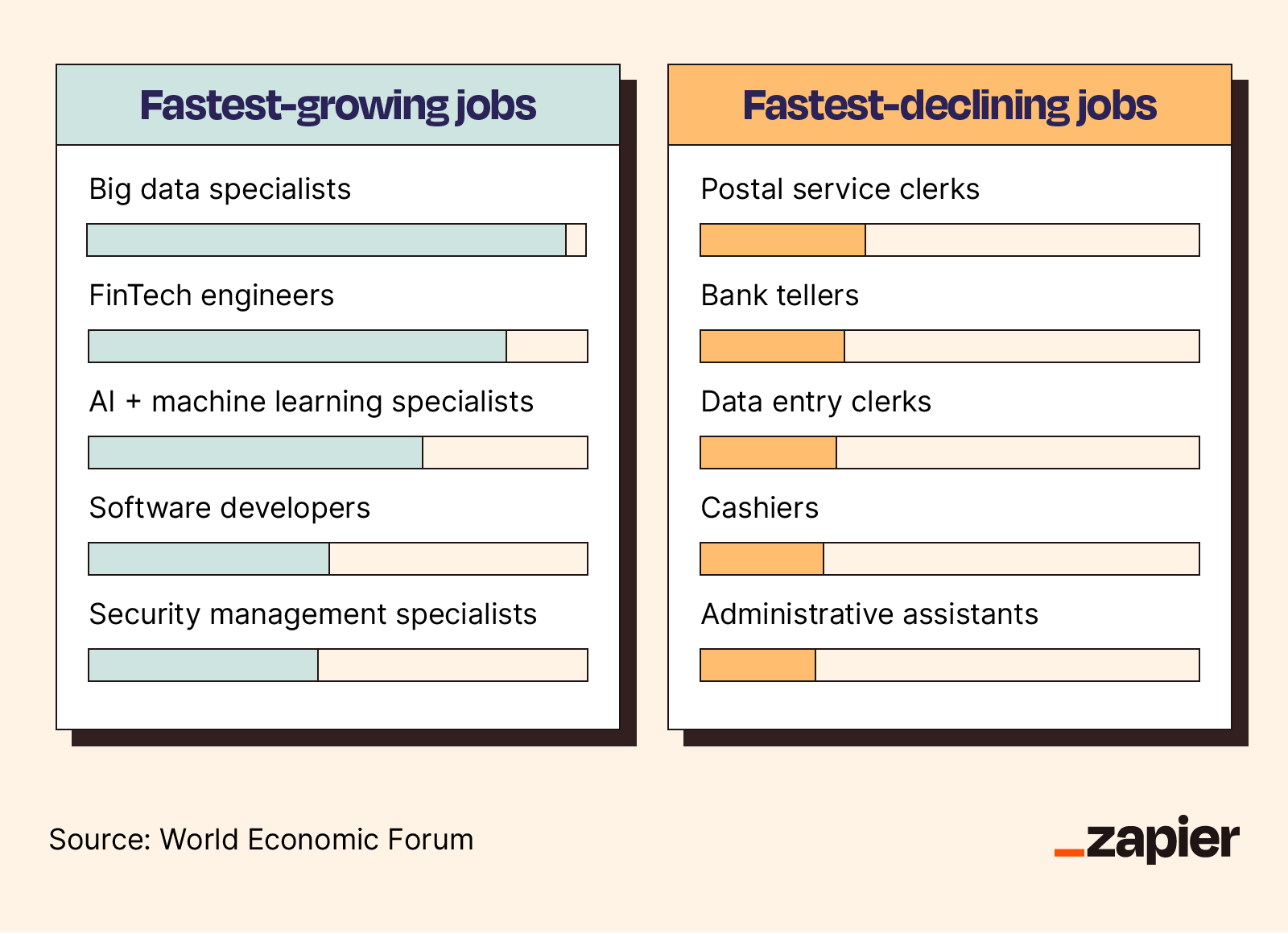
Business benefits of AI
Let's talk about why businesses are actually interested in AI beyond just wanting to sound cool and futuristic in shareholder meetings. It's about money. It's always about money. (Please take a moment to recover from the shock of learning that businesses care about profit.)
Broad AI adoption typically delivers 20%-30% increases in productivity, speed to market, and revenue. (PwC)
Companies report a 20% cost reduction from using AI. (Dialzara)
Among businesses actively tracking ROI, 40% believe their AI initiatives will become profitable within three years. (Capgemini)
For every $1 an organization invests in generative AI, the ROI is expected to be $3.70. (Microsoft)
Industries most exposed to AI show triple the rate of growth in revenue generated per employee. (PwC)
Challenges of AI adoption for businesses
Despite the benefits, AI adoption isn't smooth sailing. Companies struggle with everything from technical integration to employee resistance, but the biggest challenge is that most leaders don't have a clear plan.
Too many leaders are rushing to implement AI without understanding what they're trying to achieve. The statistics confirm this scattered approach.
Only 5% of enterprises have AI fully integrated across workflows. (Project NANDA)
Three out of four CEOs are leading without a defined AI roadmap. (McKinsey)
Roughly half (46%) of all AI projects are scrapped between proof of concept and adoption. (S&P Global)
By a wide margin, talent scarcity is the single biggest obstacle for businesses, accounting for 76% of the discussions regarding barriers to AI adoption. (Signal AI).
Seven in 10 employees report that their company doesn't have a clear AI usage policy. (Gallup)
Nearly half (47%) of executives admit to slow AI development, yet they're 2.4x more likely to blame employees for adoption issues than their own lack of strategy. (McKinsey)
AI for small and medium-sized businesses
AI isn't just for the big players with massive IT budgets and teams of data scientists. Small and medium-sized businesses (SMBs) are also getting in on the action. In many cases, they're adopting AI at faster rates, which is wild considering half of them probably still have a fax machine somewhere in the office.
Without layers of red tape and legacy systems to deal with, small businesses can experiment quickly and pivot when something doesn't work. They're using AI for practical, immediate needs, and the results speak for themselves.
Globally, 77% of SMBs are using AI tools in some capacity. (Service Direct)
Nine out of 10 SMBs using AI report a direct increase in revenue. (Salesforce)
A majority of SMBs using AI (58%) are saving over 20 hours a month, and two-thirds (66%) are cutting monthly costs by $500 to $2,000. (Thryv)
More than 4 out of 5 small businesses (82%) that have adopted AI also grew their workforce over the past year. (U.S. Chamber of Commerce)
Among small business owners who have adopted AI, 71% plan to increase their investment. (CNBC)
Agentic AI in business
Agentic AI refers to a system where multiple autonomous AI agents collaborate to complete tasks that would be too complex for a single agent.
The shift from assistive to agentic AI changes everything about automation. Instead of automating single tasks, we're orchestrating entire workflows. But this power comes with risks. Companies rushing to build their own AI agents often underestimate the complexity involved.
Agentic AI is predicted to capture nearly one-third (31%) of the total generative AI market by 2030, up from 6% in 2025. (Omdia)
Labor costs can be reduced by 19% (approximately $11,064 in savings per employee) with the full implementation of agentic AI. (Salesforce)
By 2029, agentic AI is expected to autonomously resolve 80% of routine customer issues while boosting employee productivity by 30%. (Salesforce)
A third of enterprise software platforms intend to incorporate agentic AI by 2028, up from under 1% in 2024. (Gartner)
AI agents built in-house have a 75% failure rate. (Forrester)
The complexity of tasks that AI agents can reliably complete doubles about every 213 days. (METR)
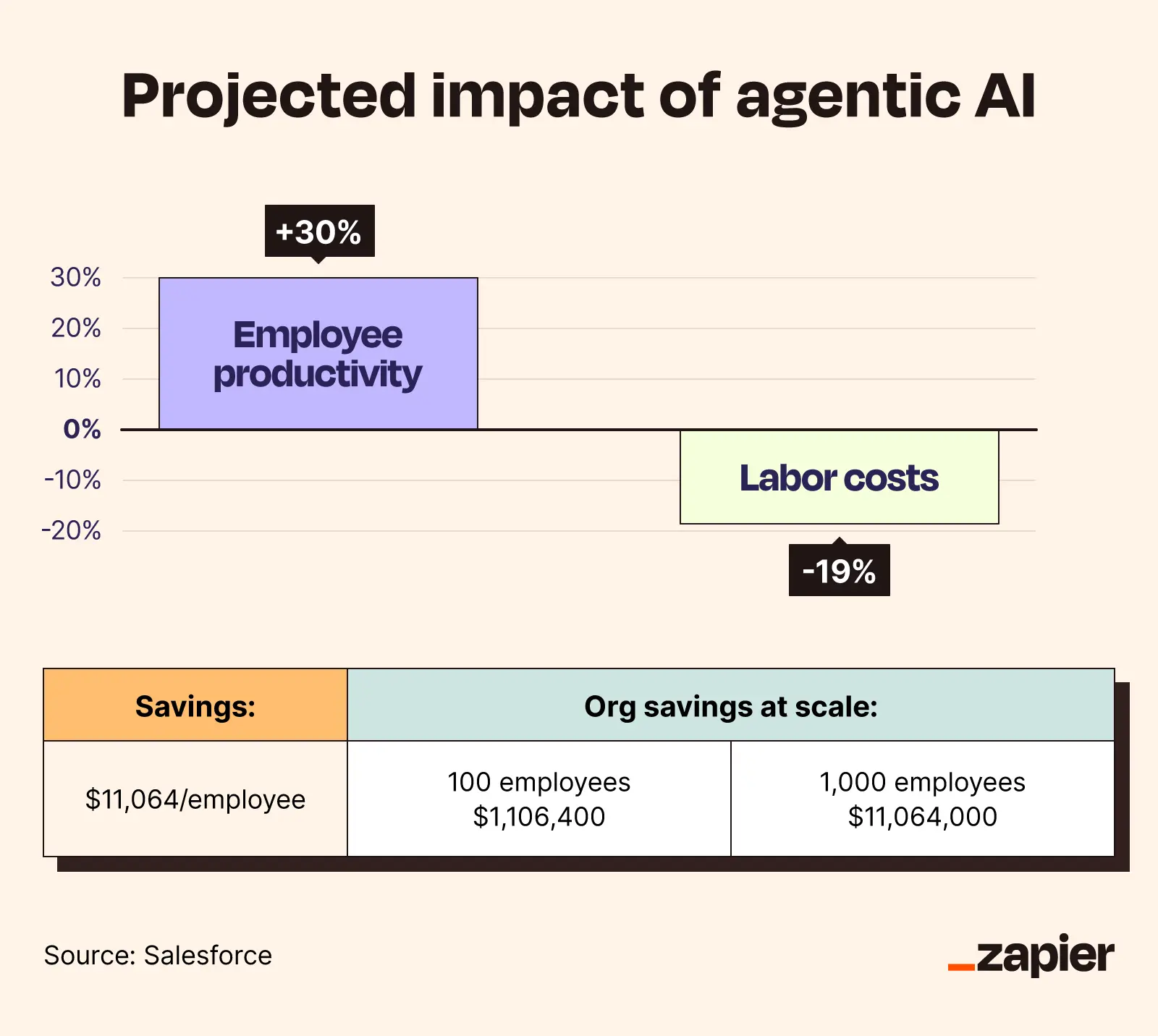
AI use cases for business
If you don't know what to do with all those statistics I threw at you—except feel vaguely threatened by them—let's make it more practical. Here are a few specific ways your organization can actually start using AI.
Marketing
AI was made for the high-frequency, low-glamour parts of marketing. You know, things like analyzing customer sentiment, generating ideas, and writing copy that doesn't sound like it was translated to another language and back again. AI marketing tools can help you create content, analyze trends, and uncover opportunities you may have missed.
For example, Zapier's AI agent marketing campaign tracker connects to LinkedIn and Facebook Ads to centralize your campaign data in a single dashboard. It then automates data pulls, identifies trends, and delivers weekly performance reports with AI-generated insights and budget recommendations based on performance. Try the template below, or customize it to build your own AI-powered marketing workflow.
Consolidate LinkedIn and Facebook Ads and run weekly reports using an AI Agent.
SalesOps
Sales operations is all about data, which is exactly where AI can make the biggest impact. It helps sales teams manage pipelines, automate tedious data entry, forecast better, and identify which leads are actually worth pursuing versus which ones are just time-wasting tire-kickers.
Before a call, SalesOp AI can dig up important background info on a prospect. Afterward, it can suggest next steps based on successful patterns and draft a personalized follow-up email. These tools help sales teams prioritize their efforts, making SalesOps even more powerful (which is terrifying if you've ever met a sales manager on a power trip).
Combine artificial intelligence with sales automation to prioritize prospects based on actual data instead of vibes. The lead scoring template from Zapier uses AI to enrich contact details, predict fit, assign scores, flag hot prospects in your CRM, and surface next steps. Try the template below, or customize it to match your pipeline.
IT
AI hasn't figured out how to make the IT department more compassionate about your technology struggles, but it is helping them fix problems faster so they can get back to whatever it is IT people do when they're not telling you to "try turning it off and on again."
With the help of IT automation, AI is now monitoring networks to detect security threats before they happen, automating software deployment, and even helping resolve help desk tickets without human intervention.
Let AI handle the front line of your IT support. This help desk template answers common employee questions in Slack, passes tricky cases to humans, keeps your knowledge base fresh, and automatically creates tickets in tools like Jira or ClickUp. Use the template as is, or connect it to your IT team's other tools.
Improve your IT support with AI-powered responses, automatic ticket prioritization, and knowledge base updates.
Customer support
Customer support teams face rising ticket volumes from a dozen different channels, all while customers who expect answers somewhere between "now" and "five seconds ago." AI unifies all that chaos into one glorious, coherent view.
Modern customer service AI goes beyond simple chatbots. It analyzes customer sentiment, suggests responses, and escalates issues before they crash out. Support agents armed with AI tools resolve problems faster and more accurately, and customers get help when they need it, not just during business hours.
The Zapier AI chat for customer service template fields common questions on your site, drafts helpful replies, and knows when to escalate to a human with the full context attached. It can log conversations, tag topics, update your CRM, and generate tidy summaries for tickets. Try the template below, or customize it to fit your support stack.
Resolve customer questions and reduce support volume with a customized chatbot.
Integrate AI into your business workflows with Zapier
Here's one more stat for you:
93% of Zapier users say using Zapier has made them better at their job.
Zapier brings AI capabilities to the apps you already use. Whether you want to add ChatGPT to your customer service flow or use AI to process form responses, AI orchestration makes it possible without writing code.
If we can't beat the AI revolution, we might as well join it—or at least use tools like Zapier to make it work for us instead of against us. Maybe that way, when the robots inevitably take over, they'll remember that we were nice to them and keep us as pets instead of turning us into batteries like in "The Matrix."
Related reading:



